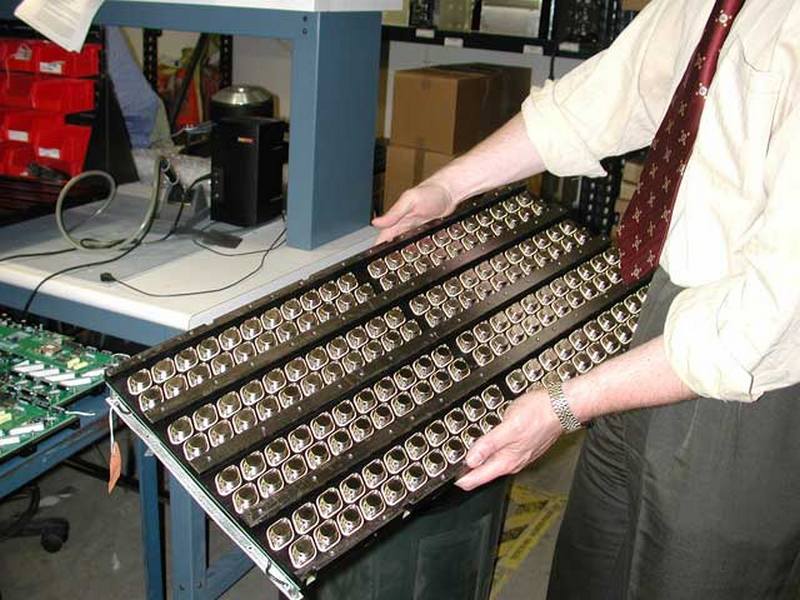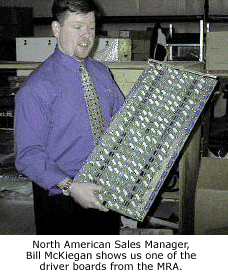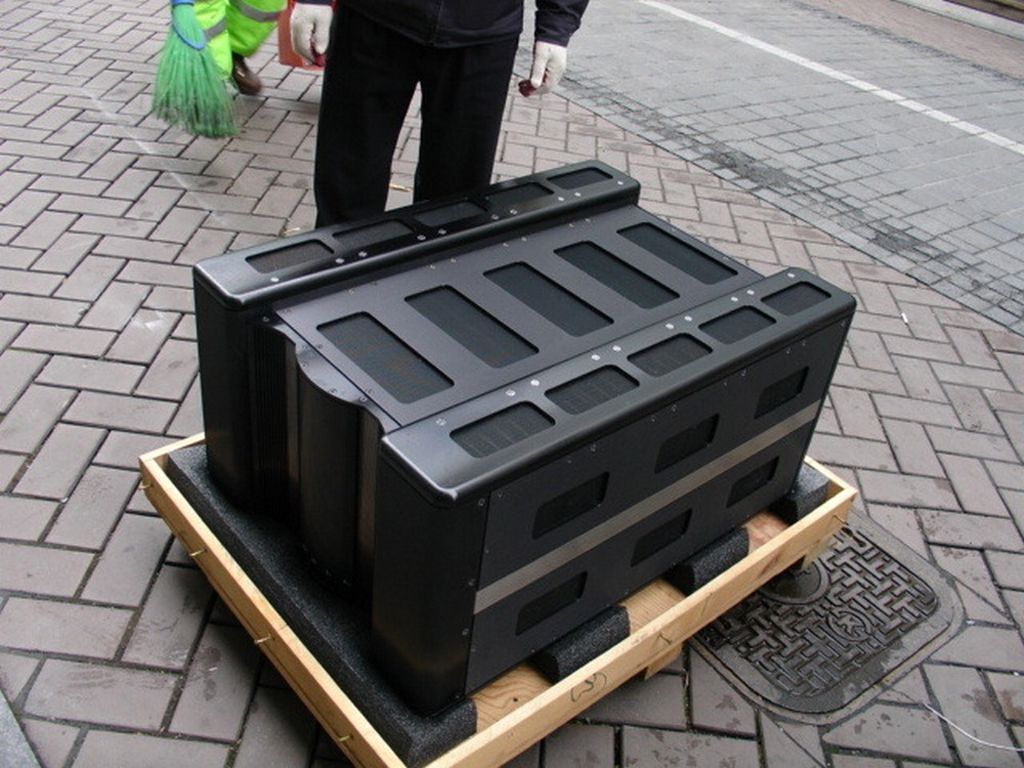Which didn't even get a comment in its thread.
I thought maybe it drove a couple of transistors on the board, but they seem to be part of the power supply instead.
So, all in a chip, no heat sink unless it uses the board itself.
But I get it, nothing to see here.
High efficiency, there's a heatsink bump under the chip, which could be mounted on something with a bit of mass, if needed. Effective delivery of high power can be done with tiny bits of hardware - the DIY chip amp I did had its important bits in as tiny a space - all the bulk of the amplifier was in the power supply, the heatsinks, and the smoothing capacitors surrounding the amp chip. Spreading the working bits around the place is asking for trouble - squash everything in tight, and then get rid of heat as efficiently as possible.




